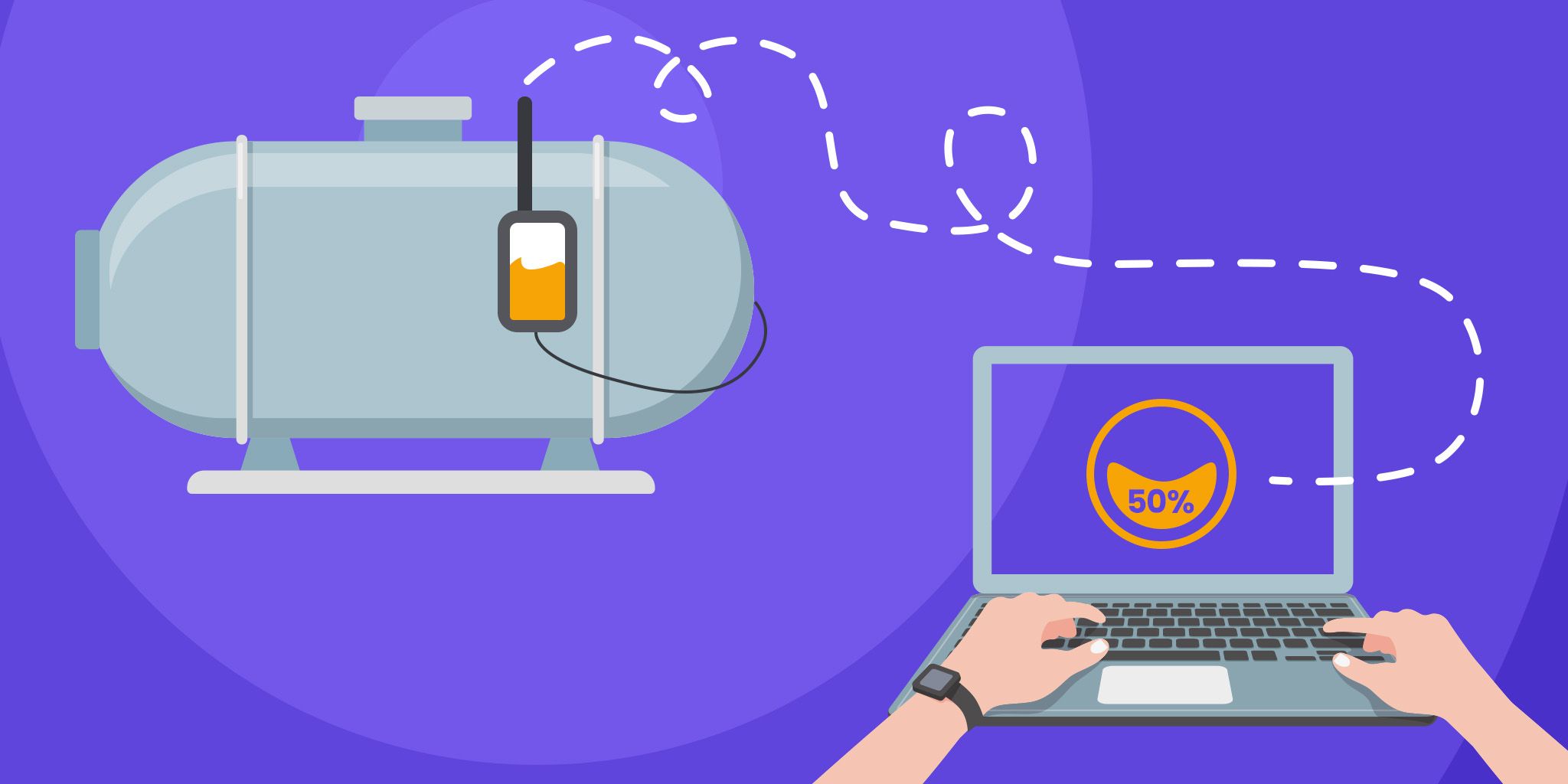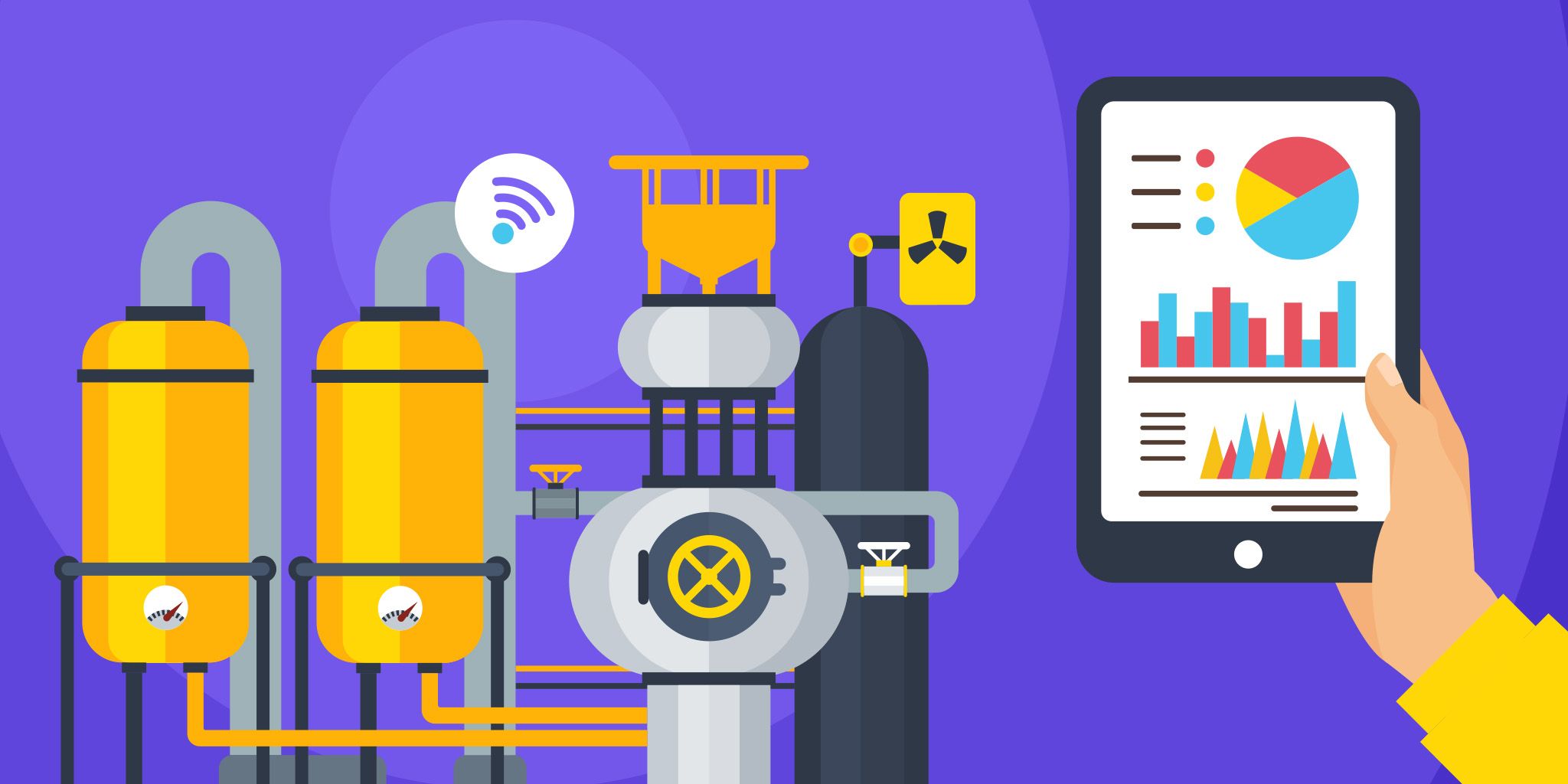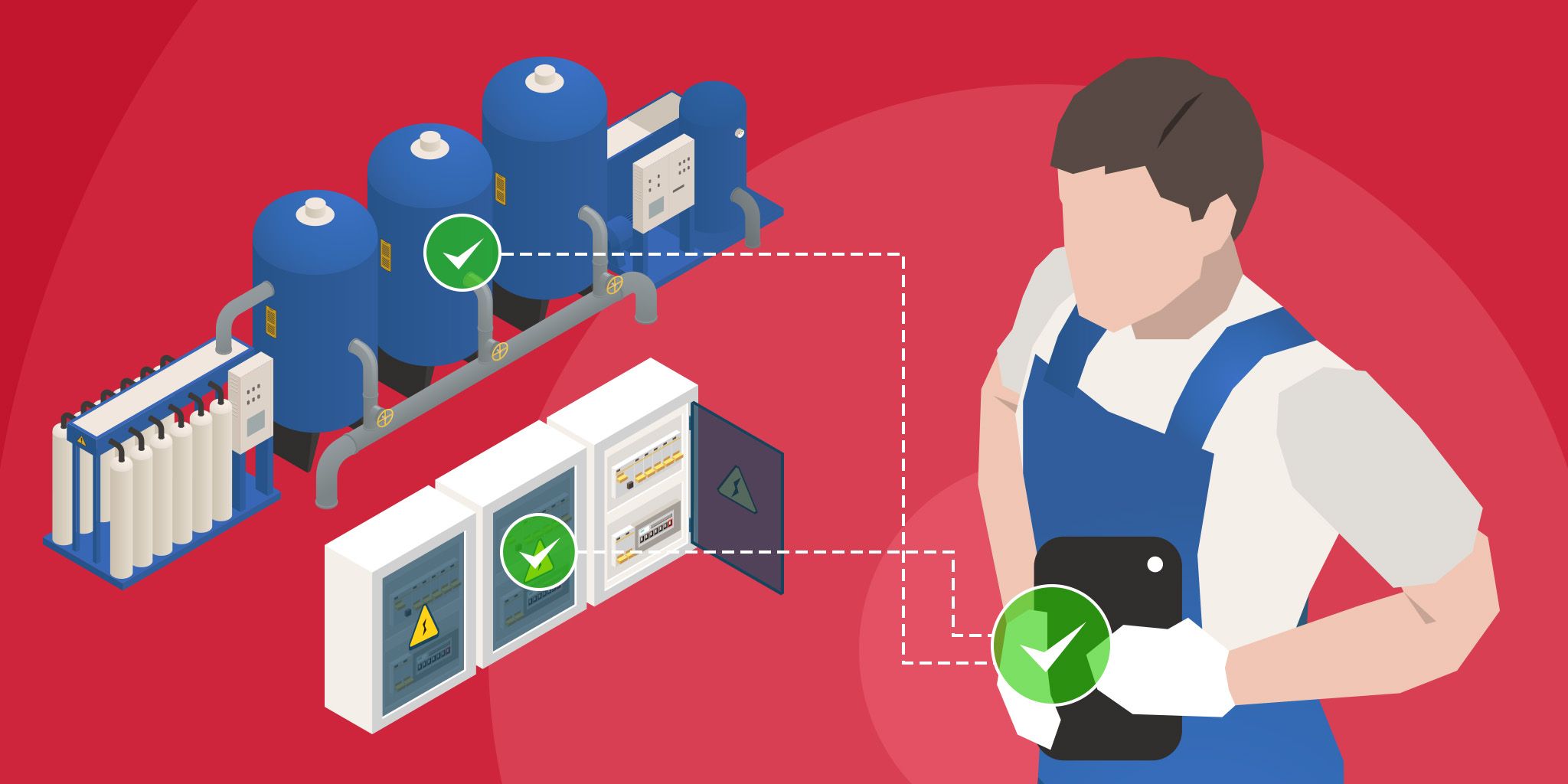G7 Commit to a Technology-Driven Transition to Net Zero
G7 Commit to a Technology-Driven Transition to Net Zero
- Last Updated: December 2, 2024
Smarter Technologies
- Last Updated: December 2, 2024



The Group of Seven (G7) met in Cornwall in the UK on 11–13 June 2021, the first in-person meeting of the group since the coronavirus pandemic. The G7 is an organization of the world's seven largest so-called advanced economies: Canada, France, Germany, Italy, Japan, the UK, and the United States.
High on the agenda were responses to the coronavirus pandemic and discussions on meeting the challenges to "build back better." The G7 summit also presented a pivotal opportunity to develop further a multilateral consensus on mobilizing a green revolution to protect the planet for future generations.
Recently, the G7 recognized the need for 'an urgent step change' in deploying renewable heating and cooling and reducing energy demand for homes and buildings.
According to the Carbis Bay Communiqué, a joint statement published by the leaders at the end of the three-day summit: “We will lead a technology-driven transition to Net Zero, supported by relevant policies, noting the clear roadmap provided by the International Energy Agency and prioritizing the most urgent and polluting sectors and activities.”
The G7 recognized the need for "an urgent step change" in deploying renewable heating and cooling and reducing energy demand for homes and buildings. They also pointed to shifts in building design and the use of sustainable materials and retrofits.
The leaders acknowledged the value of technology in achieving their objectives:
“If used properly, technologies can help us strengthen health capacities, tackle environmental threats, widen access to education, and open new economic opportunities. We will leverage these technologies to advance tech for the common good and promote digital literacy worldwide. Furthermore, we will strengthen coordination on and support for the implementation and development of global norms and standards to ensure that the use and evolution of new technologies reflect our shared democratic values and commitment to open and competitive markets, strong safeguards including for human rights, and fundamental freedoms.”
Looking specifically at increasing energy efficiency and reducing wasteful consumption, we have seen the direct role of smart technology in achieving these goals.
Automated Meter Readers & Energy Monitoring Systems
Automated Meter Readers (AMRs) effectively turn ‘dumb’ meters into smart meters via a retrofitted AMR device installed on an existing meter and connected to a communication network.
An AMR sends information in real-time to a personalized dashboard, where facility managers can view all utility consumption data at any time, from anywhere.
Armed with accurate, real-time, and historical energy consumption data, managers and decision-makers will gain insights into where and how energy efficiencies can be implemented, reducing energy consumption, carbon footprints and moving closer towards net-zero targets.
Applied on a broader level, this real-time data collection, analysis, and reporting allow for better utility management for entire cities and even countries, thus contributing to the vision laid out by G7 leaders for a net-zero world.
The Most Comprehensive IoT Newsletter for Enterprises
Showcasing the highest-quality content, resources, news, and insights from the world of the Internet of Things. Subscribe to remain informed and up-to-date.
New Podcast Episode

Moving Past the Pilot Phase in IoT and AI
Related Articles





